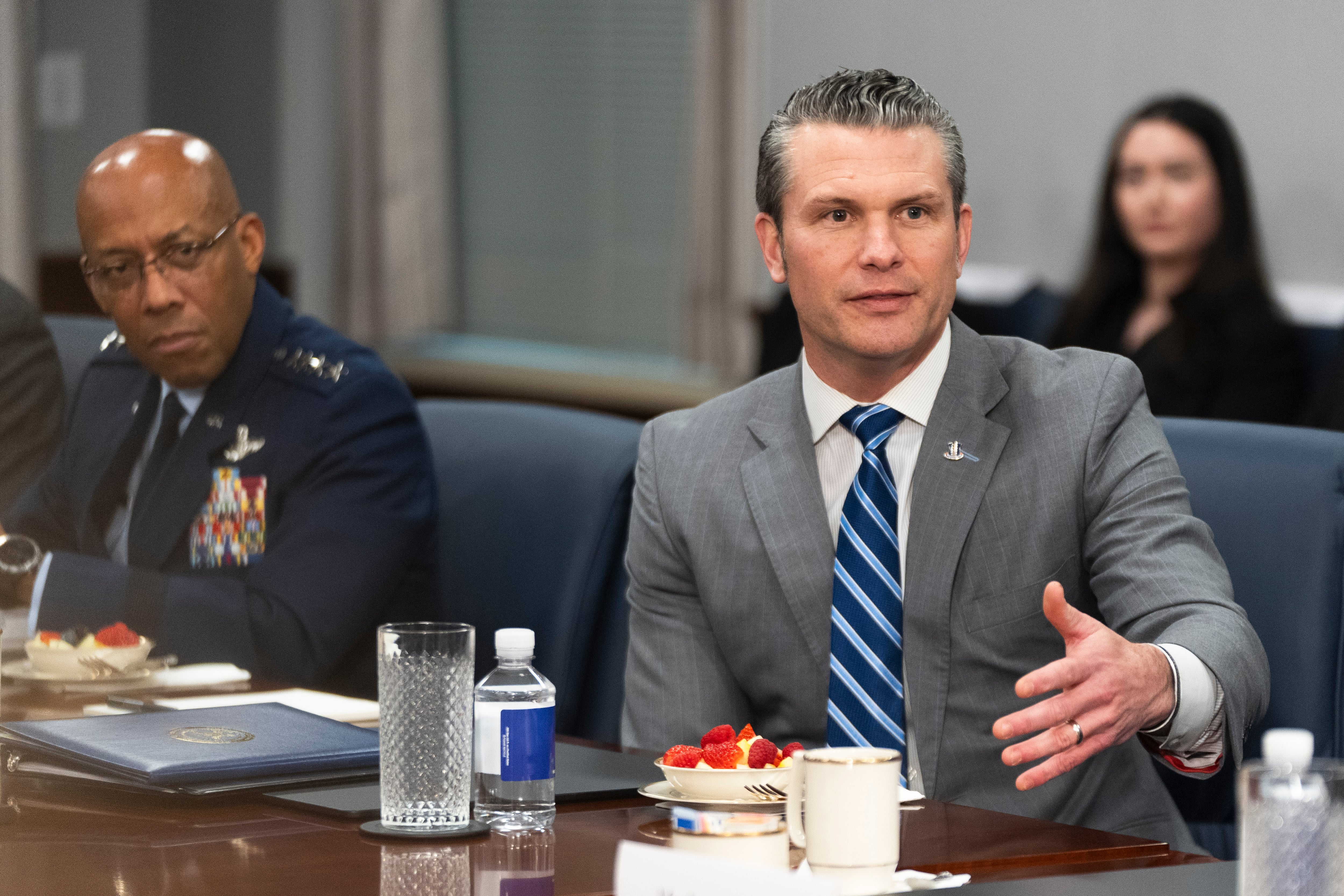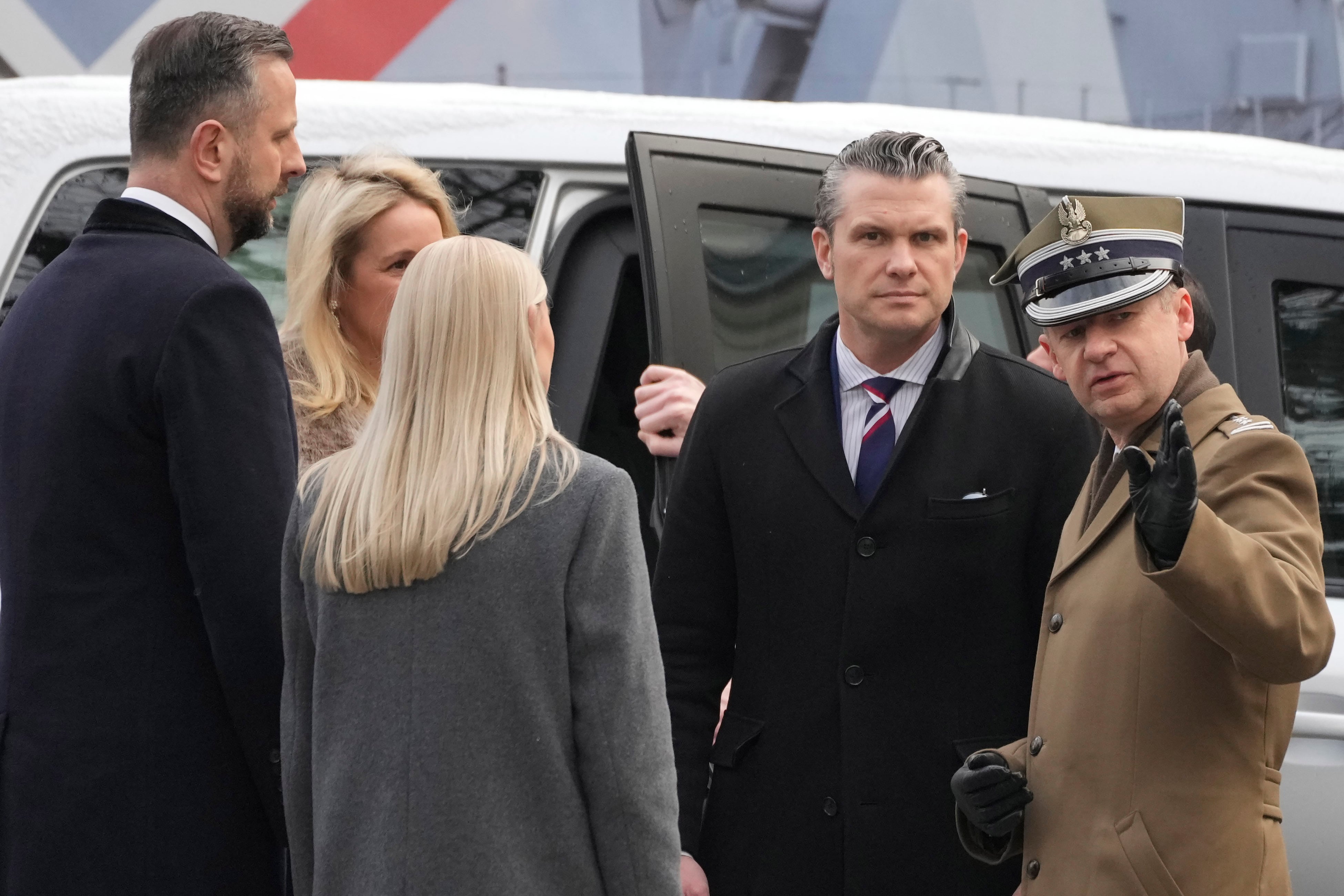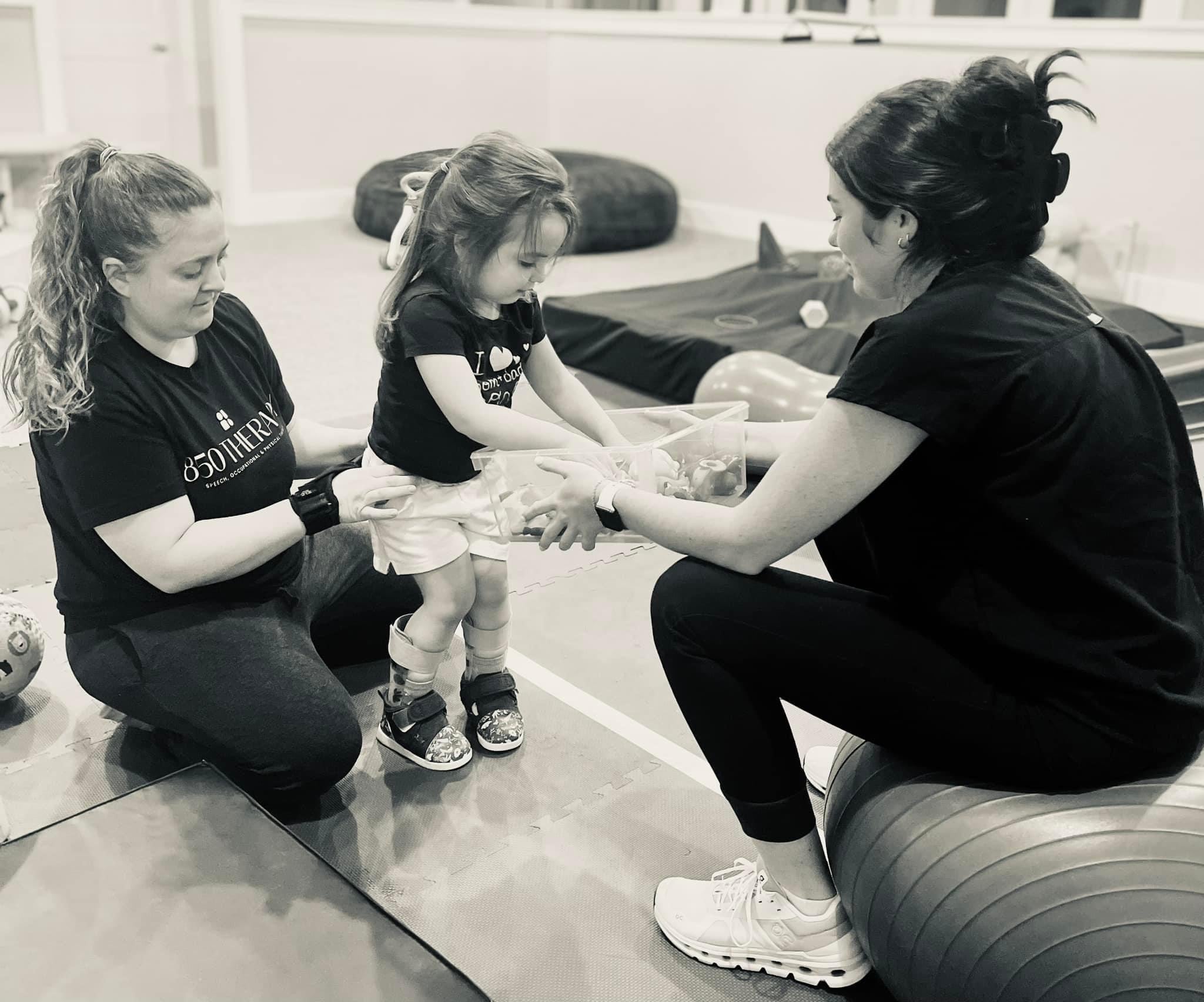CAMP LEJEUNE, N.C. — Early into weapons training at the Ground Combat Integrated Task Force, Marines with the provisional rifle platoon encountered a very gender-specific problem.
The regulation hair buns of the female Marines would cause their Kevlar helmets to slide forward over their eyes and prevent them from maintaining good visibility on targets through their rifle sights in the prone position. When the trouble persisted, female noncomissioned officers with the platoon met for an hour-long brainstorming session with the unit's male leaders. They emerged with a solution: women with the platoon would wear French braids, allowing them to stay neat and professional while keeping their helmets in place.
Training is just beginning at the task force, where up to a quarter of the 600-strong unit will be made up of female volunteers filling ground combat roles that remain closed to women in the fleet. Sometime in February, they'll "deploy" as a unit to Twentynine Palms, Camp Pendleton, and Bridgeport, California to embark on a battery of assessments designed to determine actual physical requirements for closed military occupational specialties and improve the existing training and readiness standards for each job.

Cpl. Jennifer Arnett works on a training lane with the engineer platoon of the Ground Combat Element Integrated Task Force at Camp Lejeune in Jacksonville, N.C., on Thursday, November 20, 2014. (Mike Morones/Marine Corps Times)
Photo Credit: Mike Morones
The unit began to assemble in late summer and members have been training in their individual companies ever since, coming together for a task-force wide hike Nov. 21.
In Alpha Company, where male and female Marines alike train as riflemen, a few physical challenges are beginning to emerge. The regular humps with heavy packs have been the hardest, several female Marines with the company said, though nobody in Alpha has fallen out of a hike yet. And adjusting to the weight of some of the weapons systems has been another hurdle.
"The upper body strength of being able to employ an M203 [grenade launcher]," was one early challenge, said Staff Sgt. Jamil Alkattan, platoon sergeant for Alpha company's provisional rifle platoon. "When they first began to employ an M203, I thought we would never get past that. And now they're very effective. Really, that's all there is, is getting out there and doing it."
Unlike the other two rifle platoons, the provisional platoon is composed of Marines who have never been through the Infantry Training Battalion course and have little ground combat training outside of the task force.
Alkattan said he's working to make up for any training deficits with hard work.
"We're the first platoon in, and the last platoon to leave," he said. "I'm going to give them anything I've got and we'll see where we are when we get to Twentynine Palms."
For now, all the company commanders are using the Marine Corps Training and Readiness manual as their "Bible" to teach job standards, said Maj. Larry Lowman, operations officer for the task force. For the infantry platoons on a recent afternoon, that included means a mix of live fire and simulated weapons training and field exercises, while combat engineers swept training lanes for improvised explosive devices. on a recent afternoon. And, Lowman said, there was plenty of other, less "sexy," but still physically demanding training taking place, including involving vehicle maintenance, casualty evacuations, and other requisite skills.
also abounds, Lowman said.
While it's too early to evaluate the force's progress as a whole, he said there will be informal assessments beginning in the new year.
"Come January, if we're not to a certain point, I may say, 'Hey, we need to accelerate this,' we may need to take a step back and say 'can we do this safely where we are,'" he said. "Right now, we're on target where we need to be."
Researchers with the University of Pittsburgh are studying the physical progress, exertion, and injury rates of the task force volunteers at every stage, both in the experiment in the field and from a state-of-the art laboratory on base. Before the task force dissolves next summer, researchers they will submit all the collected data to Marine Corps Operational Test and Evaluation Activity, where it will be analyzed and used to develop and refine job standards.
Female Marines with the task force said they're confronting the intangible challenges to integration on a case-by-case basis.
"Most of these men here have never worked around women their whole life, so us being thrown in with them, it's new," said Lance Cpl. Callahan Brown, 20, a member of Alpha Company's second rifle platoon. "In the beginning, it was a little rocky, but now I look around and I know that these guys would have my back. If I were to fall, as much as we talk, they'd be the first ones to pull me up."





